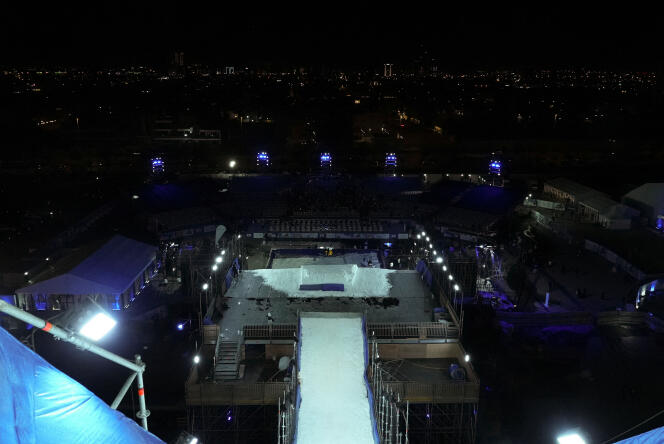


With five colossal programs under development, including the futuristic city of Neom, which is expected to swallow up $500 billion (around €461 billion), and a frenzy of investments in the tens of billions of dollars in new sectors such as tourism, leisure, video games, and renewable energies, Saudi Arabia needs cash. The kingdom must resort to borrowing in order to successfully complete the economic diversification plan promoted by Crown Prince Mohammed bin Salman, "Saudi Vision 2030."
As the deadline nears, Riyadh is increasing its financial risk-taking to stay on schedule. Petrodollars are no longer enough: crude oil is trading at around $80 a barrel. And foreign direct investment remains far from its target amount – $33 billion a year versus the $100 billion expected. Nevertheless, the risks, which the kingdom has carefully considered, remain manageable: Saudi Arabia's public debt is low (26.5% of GDP in 2023, compared with 65% in Germany and 112% in France), and its fiscal room for maneuver is substantial.
The country's Public Investment Fund (PIF) was the world's most active fund in 2023. According to the data platform Global SWF, with $31.5 billion invested in 49 acquisitions, it alone accounted for a quarter of the $124 billion invested by sovereign wealth funds. The PIF now manages over $700 billion in assets, nearly a quarter of which are foreign. According to The Wall Street Journal, these investments have reduced its cash reserves to $15 billion as of September 2023.
The ambition for the kingdom is to make it the world's largest sovereign wealth fund, with $2 trillion in assets by 2030. To achieve this, it will need to inject another $270 billion into the PIF, estimated Tim Callen, a former IMF economist who is now a visiting fellow at the Arab Gulf States Institute in Washington, DC. "Much of the FIP's funding now comes from borrowing, as there are fewer public assets to transfer. The risk is greater for the Saudi economy. The government will have to think carefully to guarantee a return on investment," he said. The PIF has sold $7 billion in bonds since the start of 2024.
The sovereign wealth fund, which holds 8% of Aramco's capital, could also be a beneficiary of a new sale of Aramco shares on Saudi Arabia's stock exchange. The oil giant also plans to issue long-term bonds this year to optimize its capital structure.
Aramco's performance continues to drive the Saudi economy. For 2024, the state-owned company plans to maintain the special performance-based dividend introduced in 2023, even though production has fallen to 9 million barrels per day, a million less on average than over the past decade. Oil revenues should thus still make up 60% of state budget revenues and 30% of GDP in 2024-2025, according to Fitch Ratings.
You have 51.04% of this article left to read. The rest is for subscribers only.
